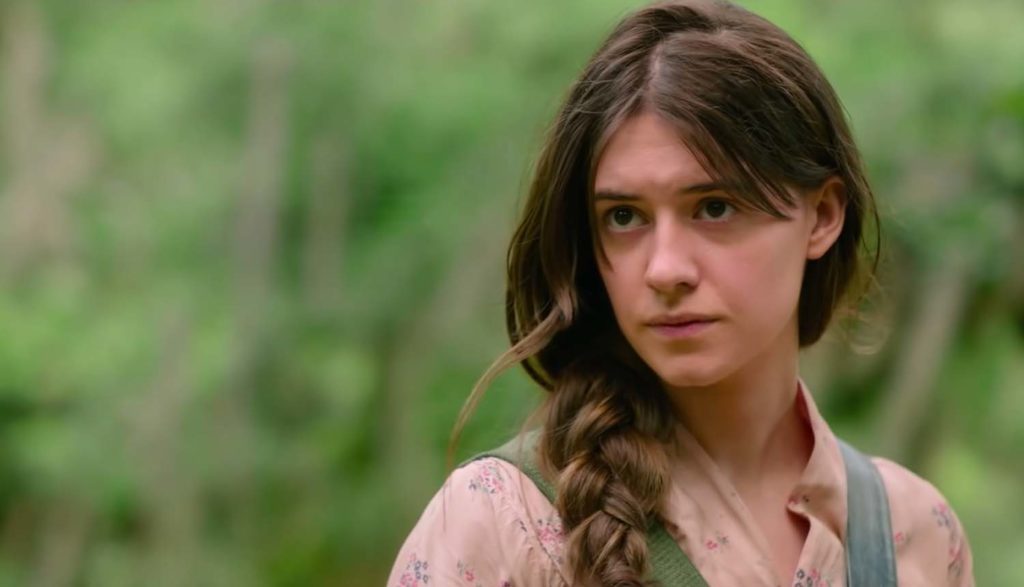Where the Crawdads Sing: Swamp Fling

No beating around the bush (or trudging through the marsh): Where, exactly, do the crawdads sing? The answer is both literal and metaphysical, obvious and unknowable. In Olivia Newman’s strained, soulful adaptation of Delia Owens’ best-selling novel, characters speak the title aloud twice: first as a breathless suggestion of childhood sanctuary (it’s a place where kids can hide), second as a lofty notion of spiritual permanence (it’s a realm where essences can linger). Quoting your title in dialogue isn’t a crime, but it can nonetheless signal a certain awkwardness—a fumbling attempt to convey meaning through words rather than images. As a piece of dramatic storytelling, Where the Crawdads Sing is clumsy, sticking moments of raw power into the gummy machinery of the pulp thriller and the courtroom drama. But it is at least sincerely clumsy. What it lacks in clarity and persuasion, it makes up for with earnestness and gumption.
One of the many pure-hearted lessons that the film teaches (or perhaps preaches) is that people often contain more than they appear. The same might be said of movies, though the reverse can also be true; some pictures attempt to distract you with the sheer bustle of stuff—plot twists, hectic action, nonlinear structure—to conceal the fundamental emptiness at their center. Where the Crawdads Sing somehow embodies both sides of this dual principle. Despite cramming itself with incidents and swinging wildly between genres, its story is not especially interesting. Yet its tonal capriciousness—its willingness to shift and swerve while nonetheless rooting itself in its distinct milieu—lends it a certain integrity. Read More
